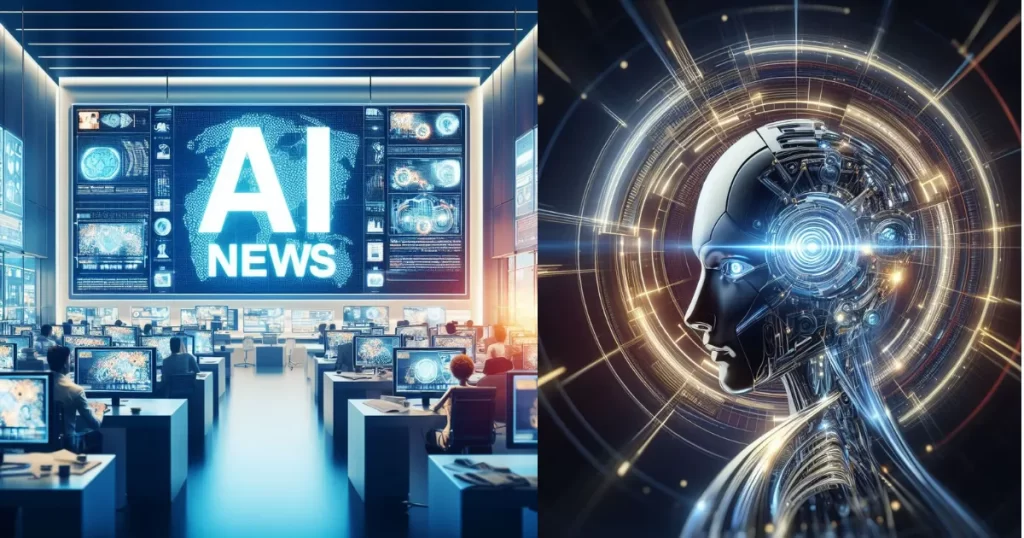OpenAI, known for building AI models such as ChatGPT, is changing its hardware strategy by diversifying the processors it utilizes and aiming to produce its own unique AI hardware by 2026. According to Reuters, OpenAI is working with Broadcom to develop specialized processors that can handle its big AI jobs. To support this strategy, the business has signed a production agreement with Taiwan Semiconductor production business (TSMC). OpenAI has also assembled a team of about 20 engineers, some of whom had previously worked on Google’s AI-focused Tensor processors.
However, it’s worth noting that OpenAI’s custom-designed chips aren’t scheduled to be available until 2026, so there’ll be a long wait before they can be employed in full production. During this period, OpenAI is reliant on CPUs from other manufacturers, specifically AMD.
Currently, OpenAI has incorporated AMD’s MI300 processors into their Microsoft Azure cloud infrastructure. AMD has been making progress in the AI chip industry, notably with the MI300, which gained traction after tripling AMD’s data center sales in the previous year. While Nvidia continues to lead the market in AI processors, AMD is fast gaining ground, and OpenAI’s choice to employ their technology demonstrates the rising rivalry in this field.
Earlier reports from The Information indicated that OpenAI was in talks with numerous chip designers, including Broadcom, about building its own AI technology. Furthermore, a Bloomberg story stated that OpenAI has contemplated establishing its own network of foundries to make bespoke chips. However, these plans were halted, owing to the enormous prices and lengthy timelines necessary.
This change in OpenAI’s hardware strategy is part of a larger trend among technology businesses. Google, Microsoft, and Amazon have been working on bespoke AI processors for several years, putting them ahead of OpenAI in the battle to decrease costs and improve performance using custom-designed hardware. For OpenAI to compete at their level, it will most certainly require additional money to completely enhance its hardware capabilities.
In conclusion, while OpenAI is working to create its own AI hardware, it confronts substantial difficulties, including competition from tech titans that are farther along in the process. Meanwhile, integrating AMD CPUs in its Microsoft Azure arrangement will allow it to cut expenses while keeping up with rapid improvements in AI technology.
Sources: The article uses material provided by Reuters and other sources like as The material and Bloomberg to outline OpenAI’s hardware goals and relationships. You can check out the full article here.

I’m Voss Xolani, and I’m deeply passionate about exploring AI software and tools. From cutting-edge machine learning platforms to powerful automation systems, I’m always on the lookout for the latest innovations that push the boundaries of what AI can do. I love experimenting with new AI tools, discovering how they can improve efficiency and open up new possibilities. With a keen eye for software that’s shaping the future, I’m excited to share with you the tools that are transforming industries and everyday life.

